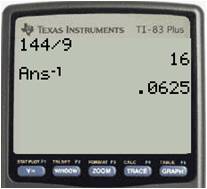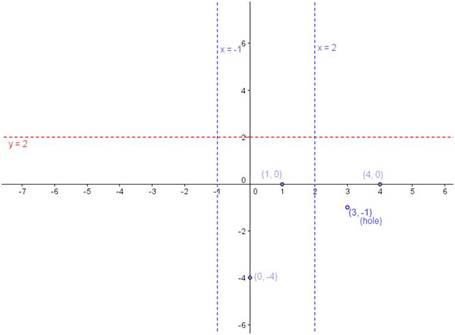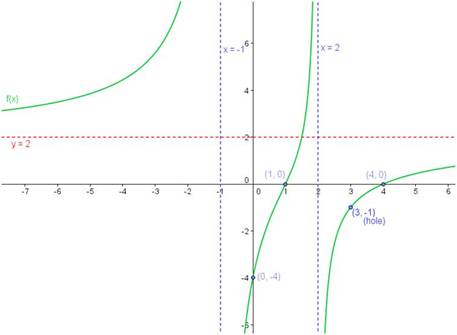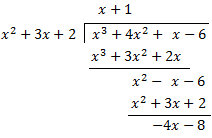You always need to simplify fractions and radicals before you box your final answer. In order to simplify these, you need to be able to factor integers. There was a teacher at my middle school who urged his students to “learn your gozintas!” In other words, know whether a number goes into the number you are factoring. Now that calculators are so common, many students today don’t think they need to learn their gozintas. However, the divisibility rules for the first six prime numbers are so easy to learn, you will benefit from knowing them.
| A number is divisible by ___ if: | Examples | |
|
2 |
Last digit is 0, 2, 4, 6, 8 | 478 ends in 8, so it is divisible by 2.
8349 doesn’t end in 0, 2, 4, 6 or 8 so it is not divisible by 2. |
|
3 |
Sum of digits is divisible by 3 | 8349 is divisible by 3 because 8+3+4+9 = 24 which is divisible by 3. [See note below.]
1450 is not divisible by 3 because 1+4+5+0 = 10 which is not divisible by 3. |
|
5 |
Last digit is 0, 5 | 1450 is divisible by 5.
3157 is not divisible by 5. |
|
7 |
Twice the last digit subtracted from the remaining digits is divisible by 7
(Take the last digit and double it. Subtract this from the original number after the last digit is removed.) |
3157 is divisible by 7 because 315 – 2*7 = 315-14 = 301 which is divisible by 7. [See note below.]
4563 is not divisible by 7 because 456 – 2*3 = 456 – 6 = 450 which is not divisible by 7. |
|
9 |
Sum of digits is divisible by 9 | 4563 is divisible by 9 because 4+5+6+3 = 18 which is divisible by 9. [See note below.]
90827 is not divisible by 9 because 9+0+8+2+7 = 26 which is not divisible by 9. |
|
11 |
Sum of odd digits – sum of even digits is divisible by 11
(Here, odd and even digits refer to their place in the number, not their value. For example, if you have a 9 digit number, add the 1st, 3rd, 5th, 7th and 9th digits and subtract the sum of the 2nd, 4th, 6th and 8th digits. If this number is divisible by 11, the original number is divisible by 11.) |
90827 is divisible by 11 because (9+8+7) – (0+2) = 24 – 2 = 22 which is divisible by 11. [See note below.]
478 is not divisible by 11 because (4+8)-7 = 5 which is not divisible by 11. |
Note: What if you do the test for divisibility by 3, 7, 9 or 11, but you don’t know whether the number you obtained is divisible by the number you are testing? Then just do the test again. Let’s test a large number to see how this works.
Example 1: Is 999,999 divisible by 3 or by 9?
9+9+9+9+9+9 = 54. And 5+4 = 9. So 999,999 is divisible by 3 and by 9.
Example 2: Is 999,999 divisible by 7?
99,999 – 18 = 99,981. And 9998 – 2 = 9986. And 998 – 12 = 986. And 98 – 12 = 84. And 8 – 8 = 0, which is divisible by 7. So 99,999 is divisible by 7! (And so are 99,981 and 9986 and 986 and 84!)
No matter how large your original number, you can just keep repeating the test until you know your answer for certain.





